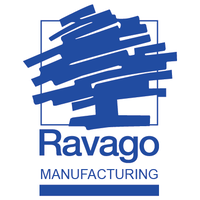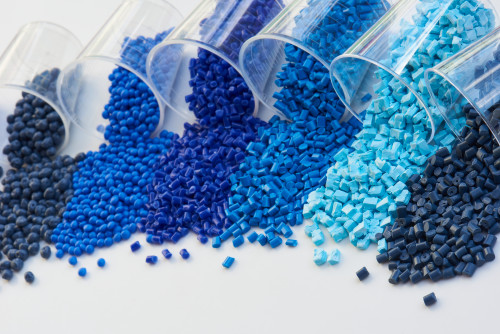Rotational Moulding Steps:
Material Addition: Plastic powder is placed into a mould, which is often made from cast aluminium or sheet steel.
Rotation and Heating: The mould rotates slowly on multiple axes and is heated, causing the polymer to melt and coat the mould’s interior.
Cooling: After the melting phase, the mould moves to a cooling station where it is cooled with air or water mist.
Part Solidification and Removal: As the mould and the part within it cool, the plastic solidifies, and the final product is then removed.
While rotational moulding might appear simple, it is a sophisticated process. The lack of external pressure means that the polymer isn't manipulated in the same manner as it is in high-pressure processes like injection moulding.
Variables in Production:
Production Variables: The process can be influenced by external factors such as ambient temperature and humidity, mould type, and the quality and particle size of the polymer powder.
Advantages:
Allows for economical production of large, hollow items.
Offers minimum design constraints.
Produces stress-free parts.
Typically incurs lower mould costs compared to injection moulding.
Rotational moulding stands out for its ability to efficiently manufacture large, durable, hollow items with diverse applications.













